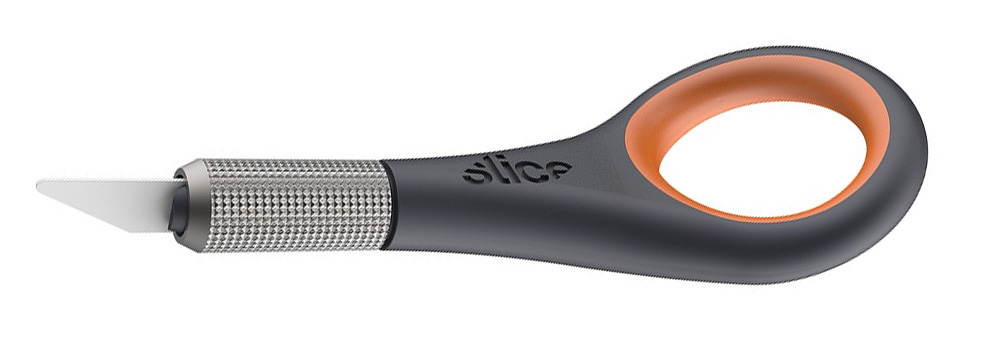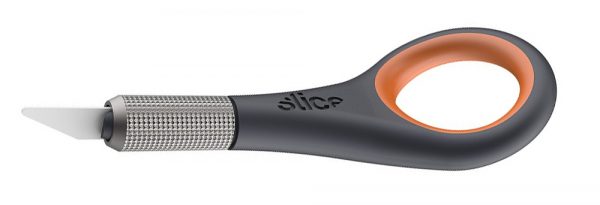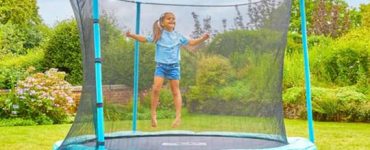A hobby knife, otherwise known as a precision knife or a craft knife, is a sharp tool commonly used in crafting and recreational pastimes. Whether you’re a veteran crafter looking to upgrade your current tool set or just getting into a new hobby, this article will outline why a hobby knife is the preferred choice over less effective tools like scissors or straight razors, and which knife styles are the best for specific types of crafts.
What Are Hobby Knives?
A hobby knife is a kind of utility knife commonly used in recreational activities.The best hobby knife consists of a small, sharp blade that is seated within a handle that resembles and fits in your hand like a pen. This agile and dexterous knife design allows for better control and more precise handling, permitting the user to easily make detailed and intricate cuts that may be difficult or impossible to execute for more rudimentary tools like scissors. Unlike traditional box cutters or scissors, which are intended to cut through thick cardboard and plastic, hobby knives are specifically designed to easily make precise cuts to delicate materials like paper, fabric, or foam without damaging them.
Hobby knives come in a variety of sizes, and feature blades with curved or straight edges and pointed or rounded tips. Many hobby knives allow the user to swap out different blades with the same handle, making your hobby knife suitable for a variety of different tasks. These blades can be made of steel or ceramic, depending on the hobby knife brand, with each blade type offering its own advantages and drawbacks. For instance, steel blades can be sharpened to maintain an extremely fine edge, but this sharp edge poses a safety risk. Steel blades also require additional care to ensure that the blade doesn’t rust. Ceramic blades, on the other hand, do not require any additional care and are more durable than steel blades, but cannot be easily sharpened.
Common Uses for Hobby Knives
Hobby knives can be used for a host of different crafting activities and hobbies, making them an indispensable tool for crafting enthusiasts to have on hand. Hobby knives are often used in paper crafting, model cutting, sculpting, sewing, custom jewelry making, holiday decoration crafting, and even baking.
Paper crafters and decorative crafters often choose hobby knives due to their compatibility with more delicate materials like craft paper or cardstock. These crafters often find hobby knives preferable when stenciling, cutting custom borders or patterns, or even simply for cutting out shapes without puncturing their work.
Sewers often choose angled, straight-edge hobby knives for cutting out detailed fabric patterns and trimming thread. Miniaturists, model makers, and custom jewelry makers tend to prefer hobby knives with textured handles for a firm grip. Extremely fine points are favored due to the precision and control that these knives offer while making detailed cuts and scrapes. These kinds of pointed tip blades are perfect for fine-angle cutting and stripping miniatures. Straight-edged blades are great for cutting out shapes in foam for architectural modelling. Note that when working with electronic models, a ceramic hobby knife is the safest choice due to the inert quality of the blade.
How to Choose the Right Hobby Knife For You
Your intended uses for your hobby knife should have the most influence on the type of hobby knife that you choose. First, think about your craft: What kinds of materials will you be working with? What sort of blade shape will best suit your intended uses for your hobby knife? How often will you use your hobby knife, and what specific features should be included in the hobby knife to allow you the amount of control you’ll need to exert?
Once you have a good idea of what you’ll be using your hobby knife for, consider other features of the hobby knife that may impact the ease, comfort, and frequency of its use. If you plan to use your hobby knife continuously over a long period of time, consider a knife that is ergonomically designed for comfort. An ergonomically built knife allows the user to comfortably grip the knife in a way that reduces muscle tension and long-term injury. You might also decide whether you need a textured grip or handle design that allows for precise control—an important consideration when your craft involves making fine cuts.
Longevity, durability, portability, and safety are also important factors to consider when choosing a hobby knife. If you frequently travel with your crafting tools, you may want a hobby knife that easily lends itself to transportation. Make sure you read customer reviews and look at the materials a hobby knife is made from. This will give you a good indication as to how this hobby knife will stack up in the real world. Finally, consider the safety features of each hobby knife. Choose a knife that includes a cap or a retractable blade, which helps to protect the





















